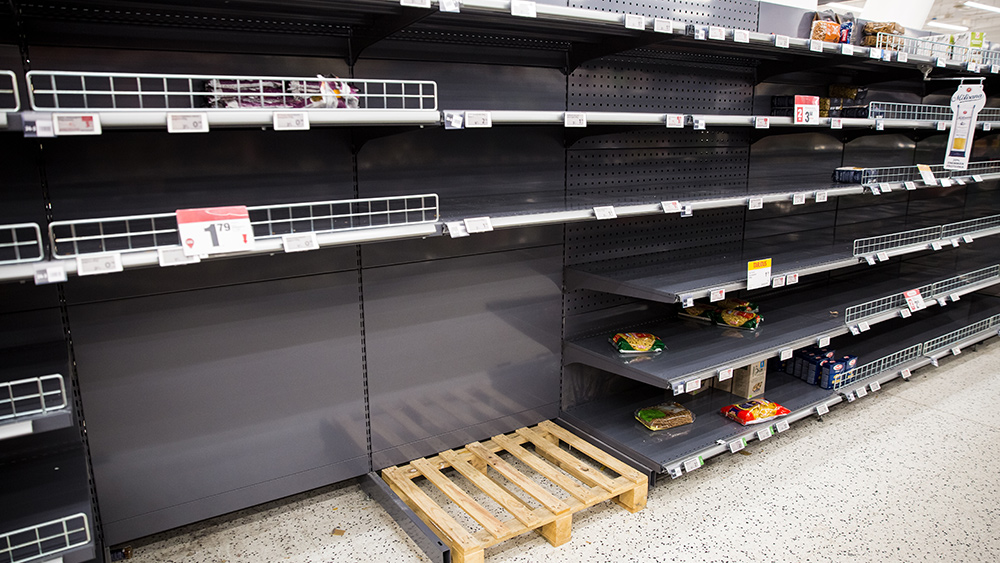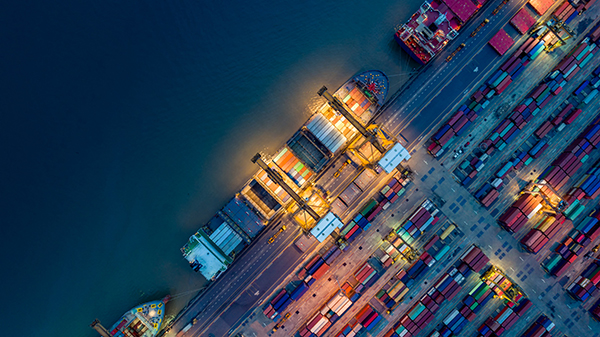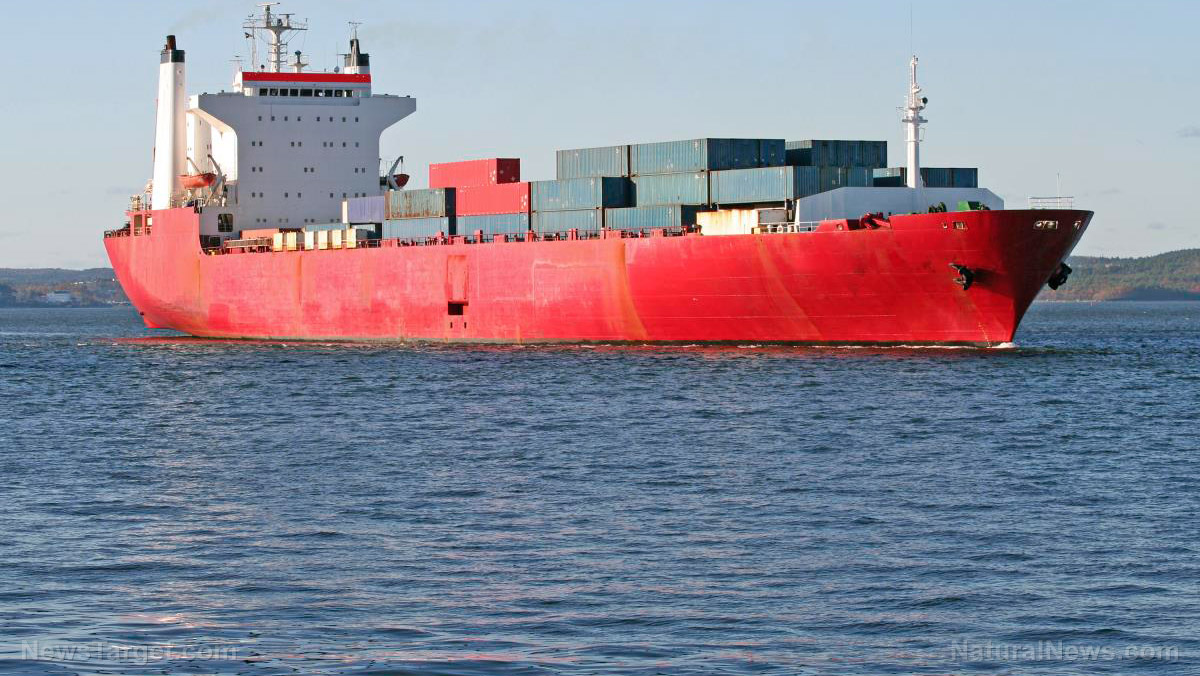Ocean freight rates climb for third straight month; volatile global shipping costs worsening inflation
05/03/2022 / By Mary Villareal

Ocean freight rates have climbed for the third consecutive month in April, this time by 11.1 percent. The increase now stands at 109.9 percent year-over-year.
According to the International Monetary Fund, there is a correlation between the volatile global shipping costs and ongoing inflation. Data from 143 countries over the past 30 years have shown that shipping costs are an important driver of inflation around the globe. When freight rates double, inflation also increases by about 0.7 percentage points. Moreover, the effects of these are quite persistent, peaking after a year and lasting around 18 months.
This implies that the increase in shipping costs in 2021 could increase inflation by about 1.5 percentage points in 2022.
Researchers also said that more than 80 percent of the world’s traded goods travel by ocean in forty-foot equivalent container units. This sharp increase in the cost of shipping has also raised questions and speculations about the future of the global economy.
Some importers, such as smaller ones paying spot rates, find ocean shipping costs as a major source of price inflation to the extent that shipping costs can be passed on and they would drive consumer price inflation for certain imports.
In October, spot rates per forty-foot equivalent unit (FEU) on the Asia-U.S. West Coast trades were more than quadruple what they were the previous year.
Westbound spot rates from Shanghai to Europe eased from the peak that was seen in early 2022, but earlier imposed caps from carriers cooled the world trade.
April rates remain three to six times higher than normal as liners shift to long-term contracts. For instance, Maersk aims to reach 70 percent of total volume under its contract in 2022, up from 49 percent in 2019. (Related: Rising ocean shipping costs may trigger accelerating inflation across nearly all products.)
Average earnings for container ships are still at peak levels in April, with congestion consuming over 10 percent of total fleet capacity. Average port congestion has not improved either, which means that capacity pressure is still set to remain and rates are expected to stay higher.
IMF researchers: Situation will only get worse
IMF researchers believe that the situation will only get worse, saying that the cost of shipping a container on the transoceanic trade routes increased sevenfold in the 18 months following March 2020, while the cost of shipping bulk commodities increased even further. Research also showed that the inflation impact of the higher costs will continue through the end of 2022.
The analysis was conducted prior to Russia’s invasion of Ukraine. It is expected that the conflict will exacerbate global inflation even further.
“While the pass-through to inflation is less than that associated with fuel or food prices … shipping costs are much more volatile,” the researchers explained. “As a result, the contribution in the variation of inflation due to global shipping price changes is quantitatively similar to the variation generated by shocks to global oil and food prices.”
They also noted that the higher shipping costs hit prices of imported goods within two months and quickly passed through to producer prices, many of whom rely on imported inputs to help manufacture their goods.
According to them, the impact on the prices consumers pay at the cash register builds up more gradually and may hit its peak after 12 months. This will result in a much slower process than what is seen after a rise in global oil prices, which drivers immediately felt at the pump.
Inflation watchers will have to keep an eye on ocean shipping, if not as a price driver, then as a predictor of what happens next. The rise in trans-Pacific spot rates and the number of ships in Los Angeles and Long Beach coincided with rising consumer price inflation. (Related: China’s shutdown of Shanghai port will ripple across the entire world by summer.)
Ben Nolan, an analyst from Stifel, said that port congestion will go away at some point. But nothing is normal at the moment and it does not seem to be normalizing, so 2022 could still remain chaotic.
IMF researchers did not address the most recent port shutdowns in China because of zero-COVID policies, but they noted that the war in Ukraine is likely to cause more disruptions to supply chains and keep global shipping costs higher for a longer period.
Follow Collapse.news for more news about inflation and the global supply chain crisis.
Watch the video below for more information on the continuing supply chain crisis.
This video is from the Student of The Last Days channel on Brighteon.com.
More related stories:
IMF WARNS: Rising shipping costs are affecting inflation, raising prices of everyday goods.
Small businesses unable to cope with increased prices caused by port congestion.
Sources include:
Submit a correction >>
Tagged Under:
bubble, chaos, collapse, global supply chain, inflation, market crash, ocean freight, port congestion, price increases, products, risk, shipping, supply chain crisis
This article may contain statements that reflect the opinion of the author
RECENT NEWS & ARTICLES
SupplyChainWarning.com is a fact-based public education website published by SupplyChainWarning.com Features, LLC.
All content copyright © 2021 by SupplyChainWarning.com Features, LLC.
Contact Us with Tips or Corrections
All trademarks, registered trademarks and servicemarks mentioned on this site are the property of their respective owners.




















